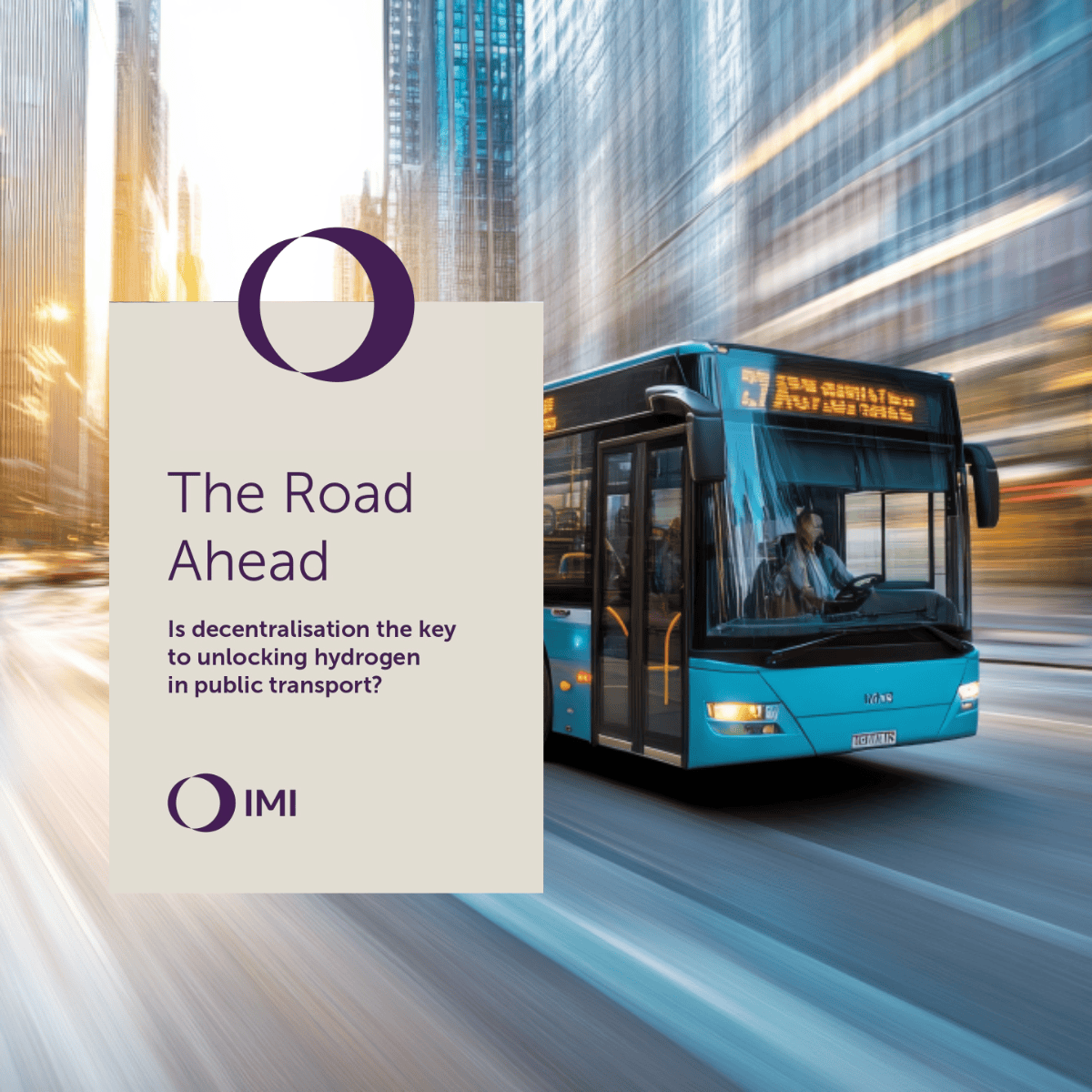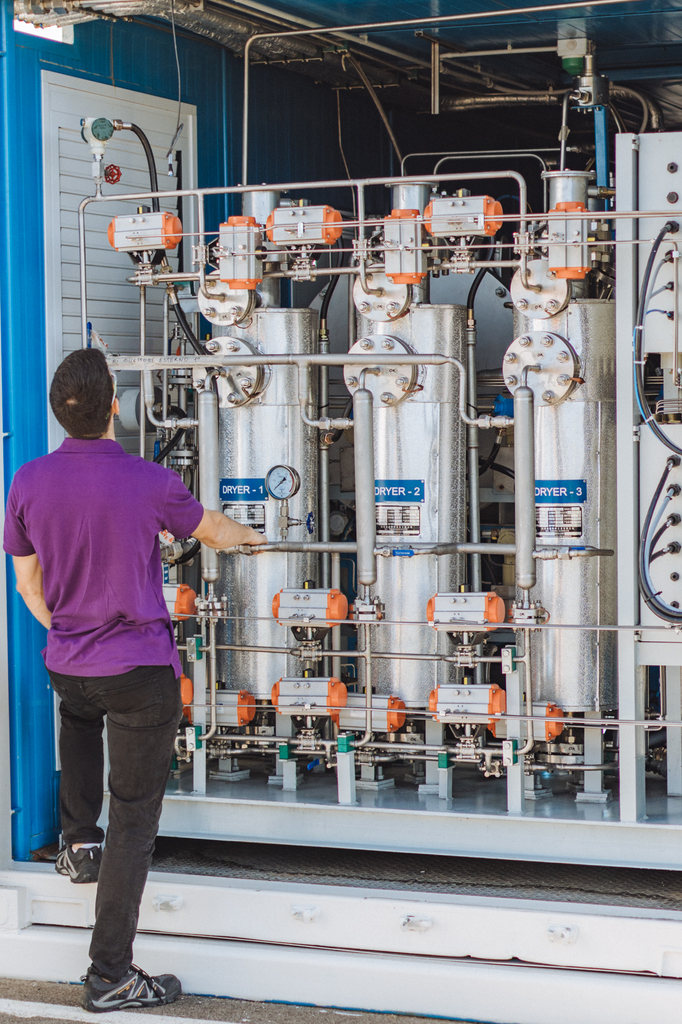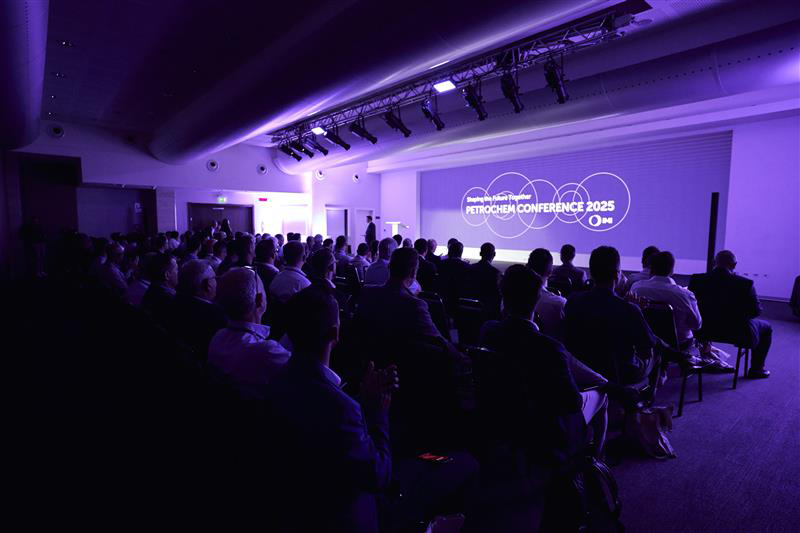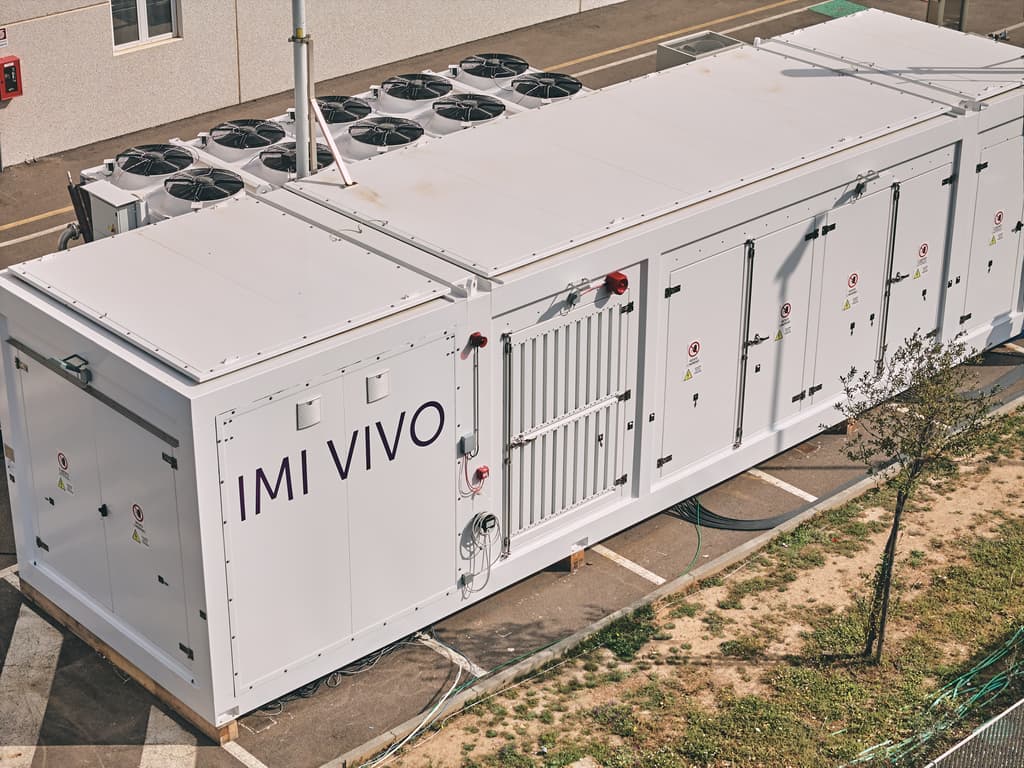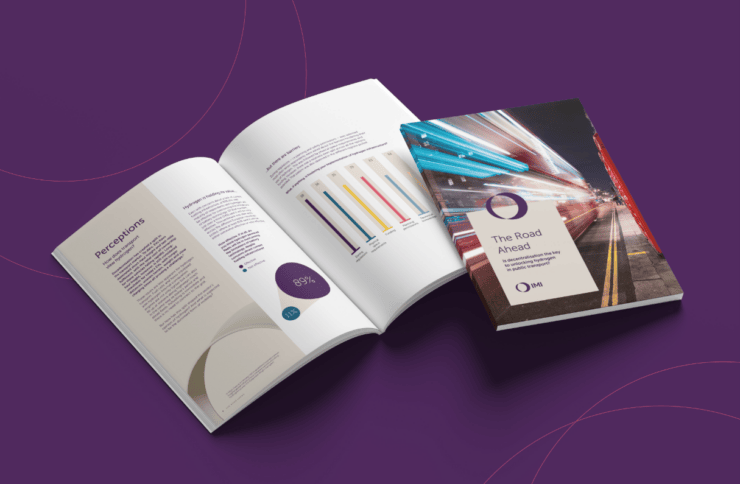


In our latest report, The Road Ahead, we explore how decentralisation can help overcome these barriers. By surveying 300 senior public transport decision-makers across the UK, Germany, and Italy, we provide valuable insights into the opportunities and challenges of integrating hydrogen into transport networks.
Hydrogen offers distinct advantages over battery-electric technology, particularly for long-haul and heavy-duty transport. It enables longer ranges, faster refuelling, and reduces the strain on electricity grids.
Our research found that:
Despite this optimism, significant challenges must be addressed to enable widespread adoption.
One of the biggest obstacles in transitioning to hydrogen is grid capacity. A striking 93% of public transport leaders expressed concerns about their grid’s ability to support both electric and hydrogen-powered fleets. Our report highlights that Europe’s electricity networks are already under pressure, making decentralised solutions essential for scaling hydrogen adoption.
Storage is another critical issue:
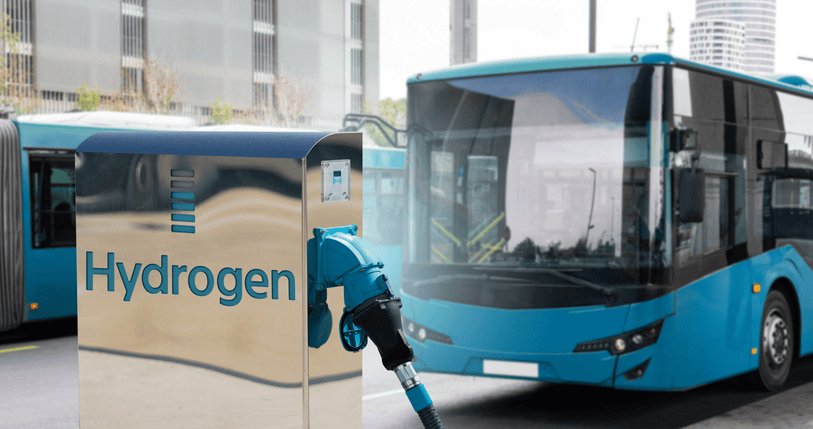
Our findings underscore the potential of decentralised electrolysis as a game-changer for hydrogen adoption. Instead of relying on large-scale hydrogen production and distribution networks—still in early development—transport operators can generate hydrogen locally using electrolysers such as our PEM electrolyser.
This approach offers several benefits:
While hydrogen adoption in public transport remains in its early stages, The Road Ahead highlights how decentralisation could be the key to unlocking its full potential. As governments and transport operators accelerate their net-zero strategies, on-site hydrogen generation offers the flexibility and efficiency needed to support a cleaner, more sustainable future.

By Andrea Pusceddu
Business & Technology Development Director
